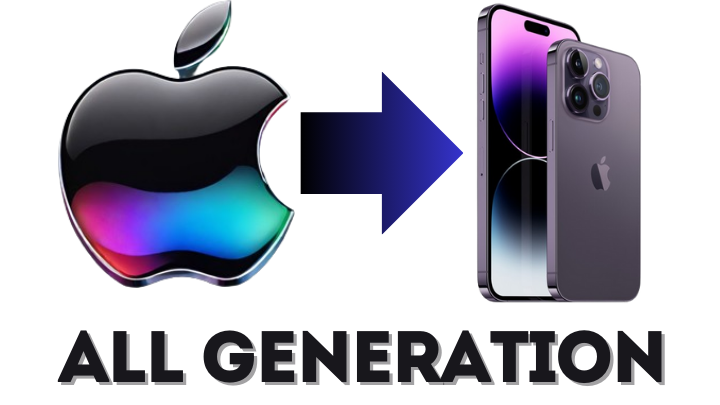Apple iPhone refers to the evolution and impact of Apple’s iPhone series since its launch in 2007. Over the years, the iPhone has revolutionized the smartphone industry with its innovative design, intuitive user interface, and powerful features. Each model has introduced new technologies, such as the App Store, Face ID, and advanced camera systems, shaping the way we communicate, work, and play. The iPhone’s blend of aesthetics and functionality has made it a cultural icon and a benchmark for smartphones globally.
All Times Apple iPhone
To provide a comprehensive overview of all “Apple iPhone” data, I’ll break down the key information across several areas, including the history of iPhone models, their specifications, and notable features.
1. Timeline of iPhone Releases
Here is a chronological list of all major iPhone releases along with their key features:
2007
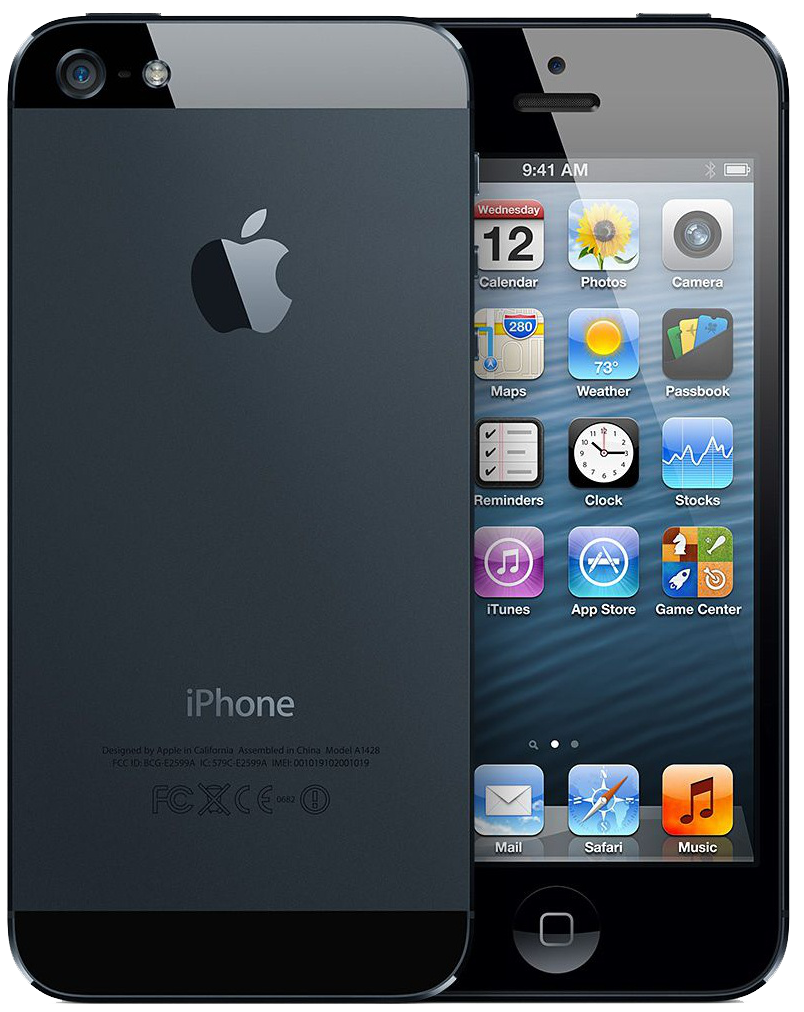
- iPhone (1st Generation): Introduced the concept of a multi-touch interface, combining a mobile phone, iPod, and internet communicator into one device. Featured a 3.5-inch screen, 2 MP camera, and ran iOS 1.
2008
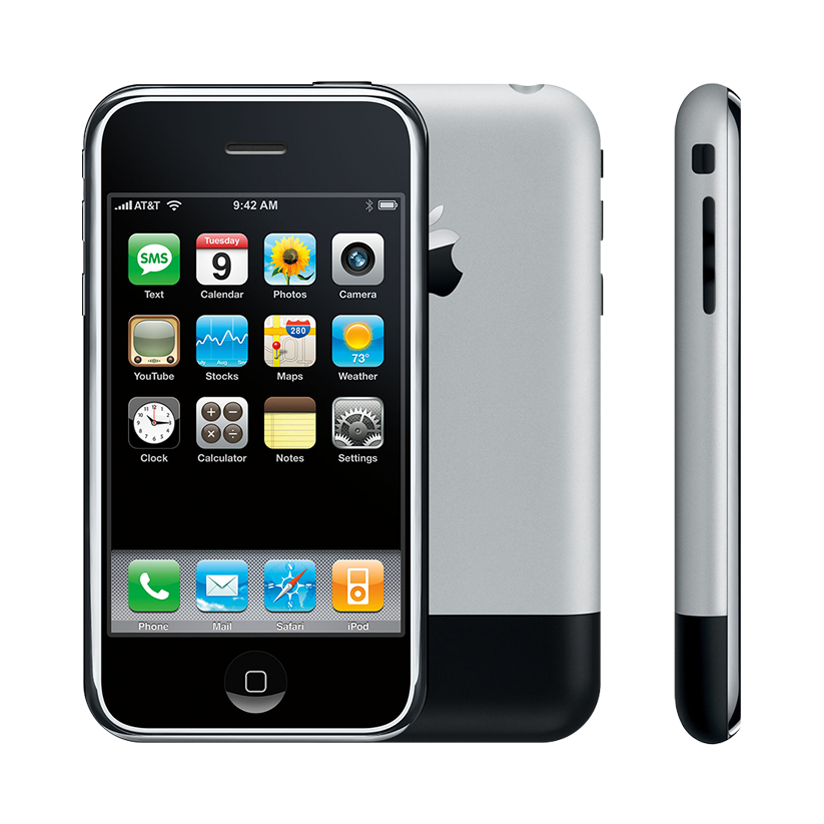
- iPhone 3G: Added 3G connectivity and GPS functionality. The App Store was also launched, allowing third-party app installations. It ran on iOS 2.
2009

- iPhone 3GS: Improved performance with a faster processor and better camera (3 MP with video recording). It ran iOS 3.
2010

- iPhone 4: Introduced the Retina display, front-facing camera for FaceTime, and a stainless steel and glass design. It also included a 5 MP rear camera with HD video recording and ran iOS 4.
2011
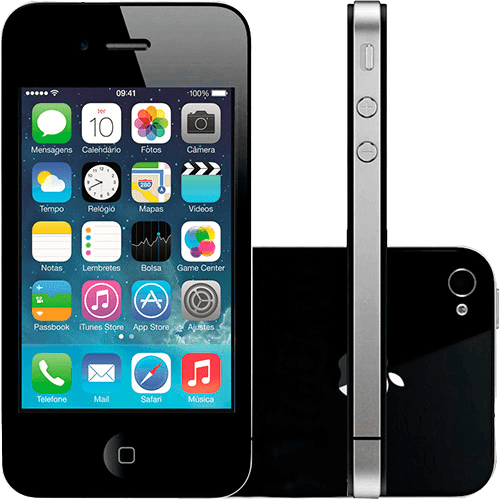
- iPhone 4S: Featured the Siri voice assistant, a dual-core A5 chip, an 8 MP camera, and iOS 5, which included iMessage and iCloud.
2012

- iPhone 5: Introduced a larger 4-inch display, LTE connectivity, a thinner and lighter design, and the new Lightning connector. It ran iOS 6.
2013
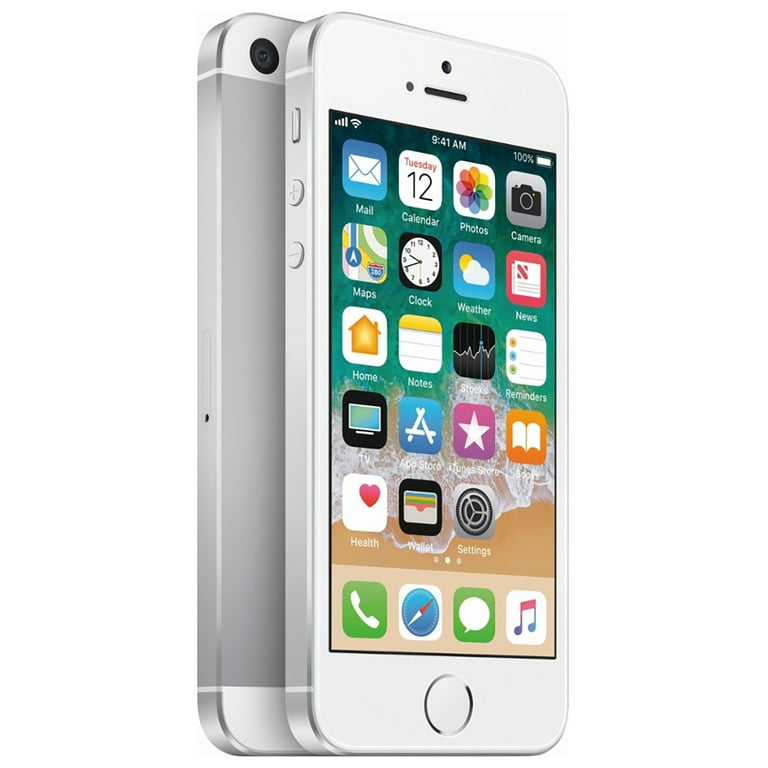
- iPhone 5C: A more affordable model with a plastic back available in various colors. It had similar internals to the iPhone 5.
- iPhone 5S: Introduced Touch ID, a 64-bit A7 chip, and the M7 motion coprocessor. It ran iOS 7, which featured a major design overhaul.
2014
- iPhone 6 and 6 Plus: Offered larger screen sizes (4.7-inch and 5.5-inch, respectively), a thinner design, and Apple Pay support. They ran iOS 8.

2015
- iPhone 6S and 6S Plus: Added 3D Touch, a 12 MP camera, and a faster A9 chip. They ran iOS 9.
2016
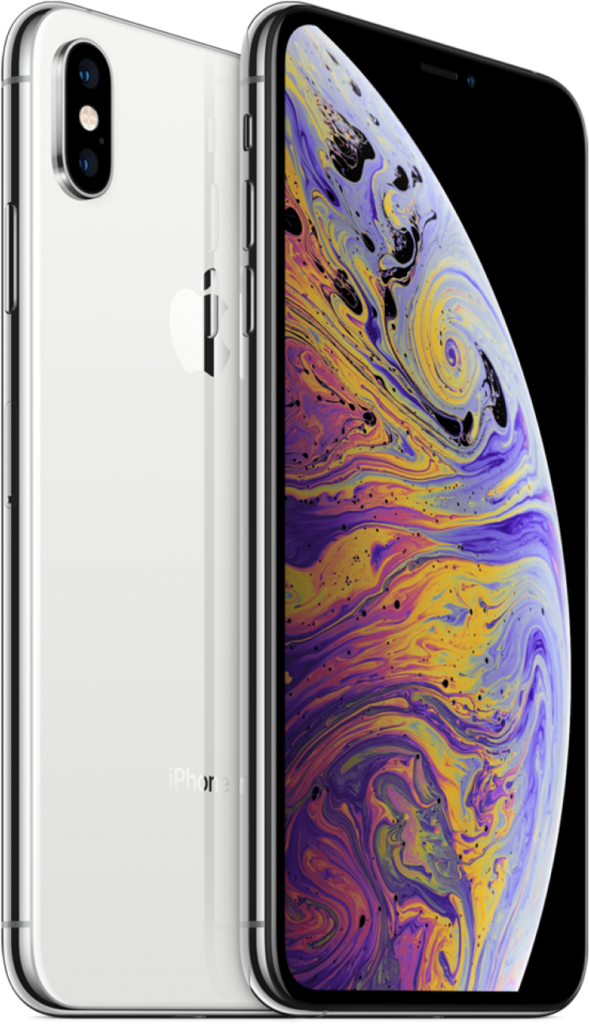
- iPhone SE (1st generation): Offered the power of the iPhone 6S in the smaller 4-inch design of the iPhone 5S.
- iPhone 7 and 7 Plus: Removed the headphone jack, added water resistance, dual cameras on the 7 Plus, and introduced a solid-state home button. They ran iOS 10.
2017
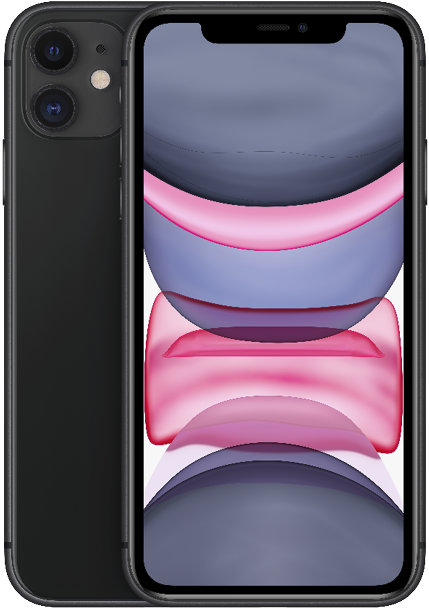
- iPhone 8 and 8 Plus: Introduced wireless charging, the A11 Bionic chip, and improved cameras. They ran iOS 11.
- iPhone X: Marked the 10th anniversary with a new design featuring an OLED display, Face ID, and the removal of the home button.
2018
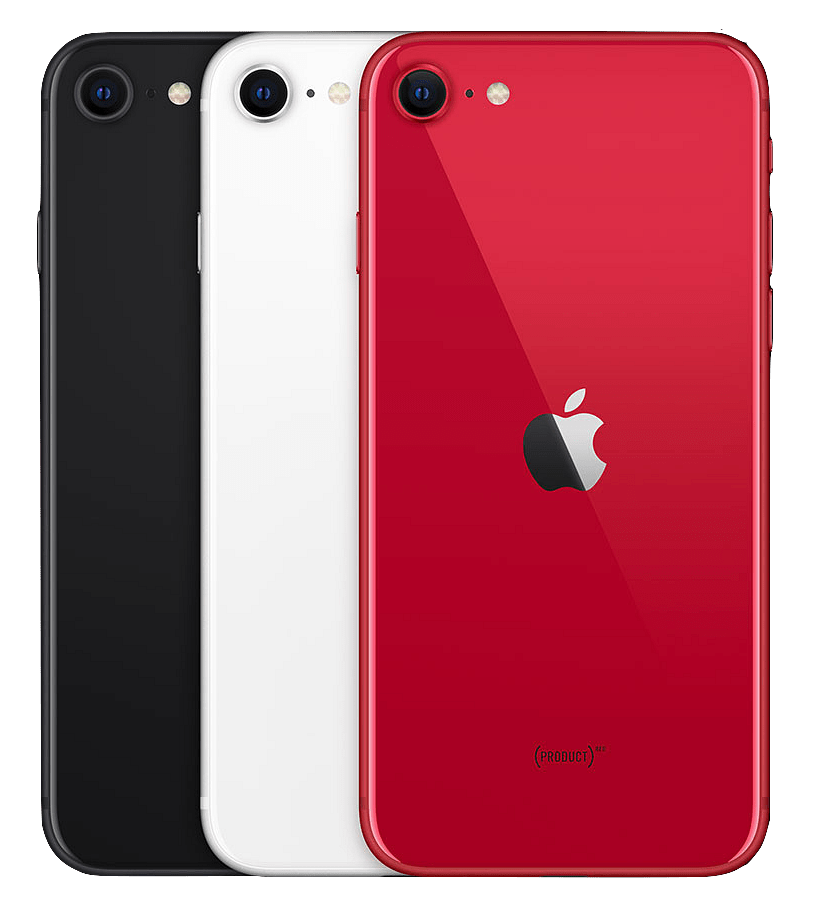
- iPhone XS and XS Max: Improved OLED displays and cameras, and introduced the larger 6.5-inch Max variant. They ran iOS 12.
- iPhone XR: Offered a more affordable option with an LCD display and similar performance to the XS.
2019

- iPhone 11: Included dual cameras, improved night mode, and the A13 Bionic chip. It ran iOS 13.
- iPhone 11 Pro and 11 Pro Max: Introduced a triple-camera system, improved battery life, and enhanced displays.
2020
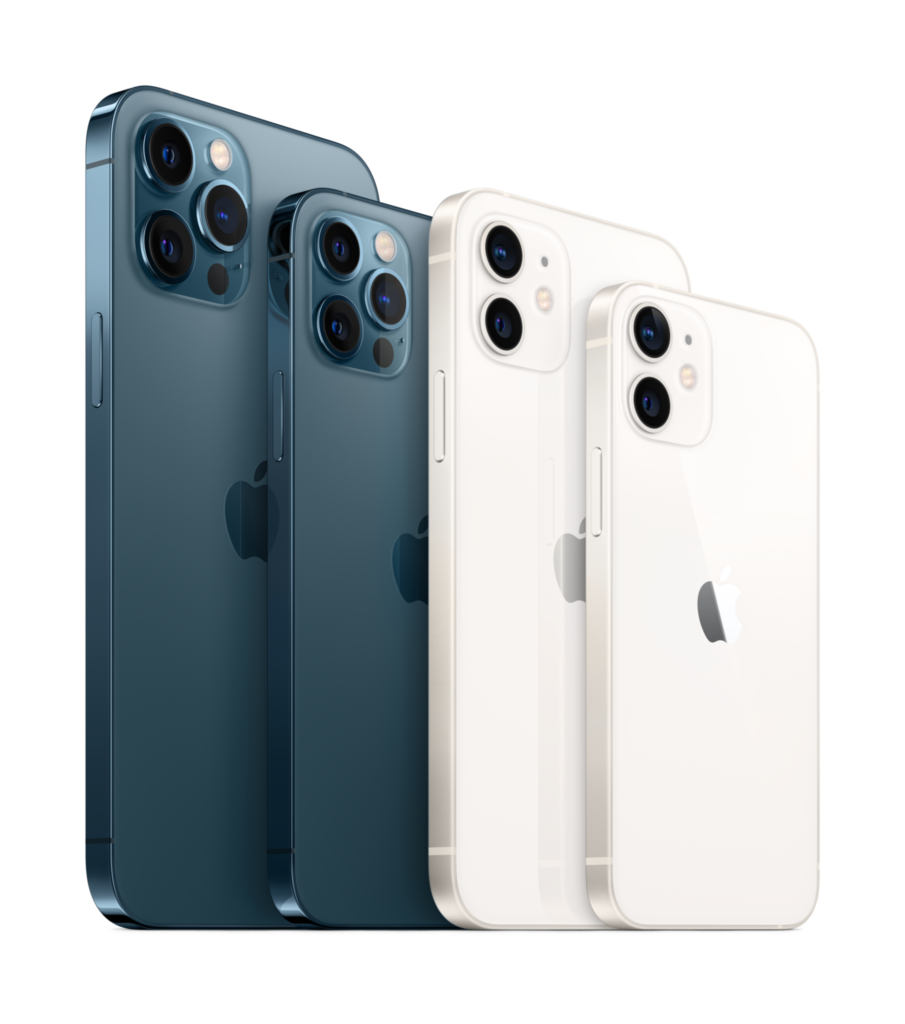
- iPhone SE (2nd generation): Brought the power of the iPhone 11 into a compact 4.7-inch design.
- iPhone 12 Mini, 12, 12 Pro, and 12 Pro Max: Introduced 5G connectivity, a new flat-edge design, Ceramic Shield front cover, and MagSafe accessories. They ran iOS 14.
2021

- iPhone 13 Mini, 13, 13 Pro, and 13 Pro Max: Featured improved battery life, smaller notch, A15 Bionic chip, and enhanced cameras with cinematic mode. They ran iOS 15.
2022
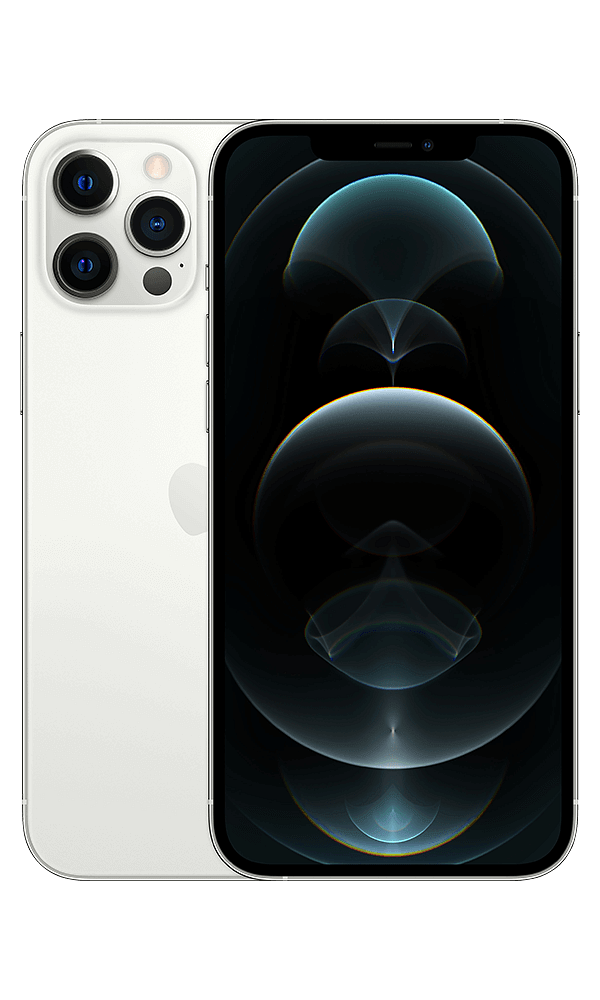
- iPhone SE (3rd generation): Maintained the 4.7-inch design but included 5G connectivity and the A15 Bionic chip.
- iPhone 14, 14 Plus, 14 Pro, and 14 Pro Max: Introduced the “Dynamic Island” feature for the Pro models, an always-on display, crash detection, and satellite SOS. They ran iOS 16.
2023
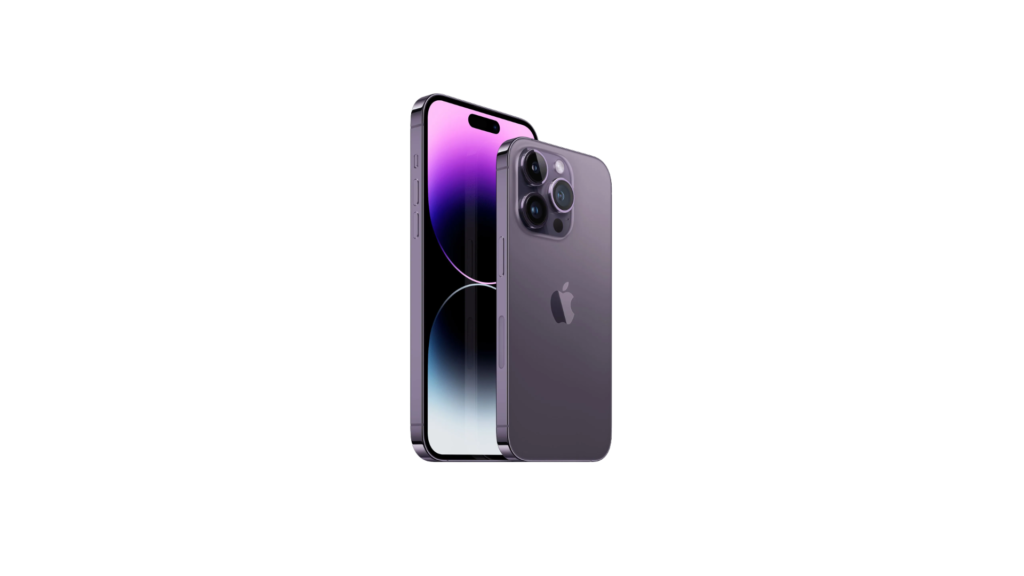
- iPhone 15, 15 Plus, 15 Pro, and 15 Pro Max: Introduced USB-C port, improved camera systems, and a new titanium frame for the Pro models. They ran iOS 17.
2. Major Features and Technological Innovations of apple iphone
- Retina Display: First introduced in the apple iPhone 4, Retina Display significantly increased pixel density, making text and images clearer.
- Touch ID and Face ID: Touch ID (introduced with iPhone 5S) allowed fingerprint-based authentication, while Face ID (introduced with iPhone X) provided facial recognition.
- Camera Improvements: Over the years, iPhones have seen continual improvements in camera technology, including multiple lenses, optical zoom, and advanced image processing capabilities.
- A-Series Processors: Apple’s custom-designed A-series chips provide high performance and energy efficiency, often setting industry standards.
- Software Updates: Apple provides regular software updates, adding new features and improving security. iPhones are typically supported for several years after their release.
3. Market Impact
Apple iPhone has revolutionized the smartphone market and set the standard for mobile phones. It has influenced the design and functionality of many other smartphones and played a significant role in the growth of the mobile app industry.
4. Cultural Impact
Apple IPhone has also had a profound cultural impact, changing how people communicate, access information, and interact with technology. Features like FaceTime, iMessage, and the App Store have transformed everyday life and business practices.
5. Environmental Considerations
Apple iphone has made significant efforts to reduce the environmental impact of the iPhone by using recycled materials, improving energy efficiency, and offering recycling programs.
6. Future Directions
Apple iphone continues to innovate with each new generation of the iPhone, focusing on camera advancements, augmented reality capabilities, and improved integration with other Apple products and services. Future models are expected to include more AI and machine learning features, further advancements in camera technology, and potentially new form factors like foldable displays.
This overview provides a comprehensive look at the history, features, and impact of the Apple iPhone.


